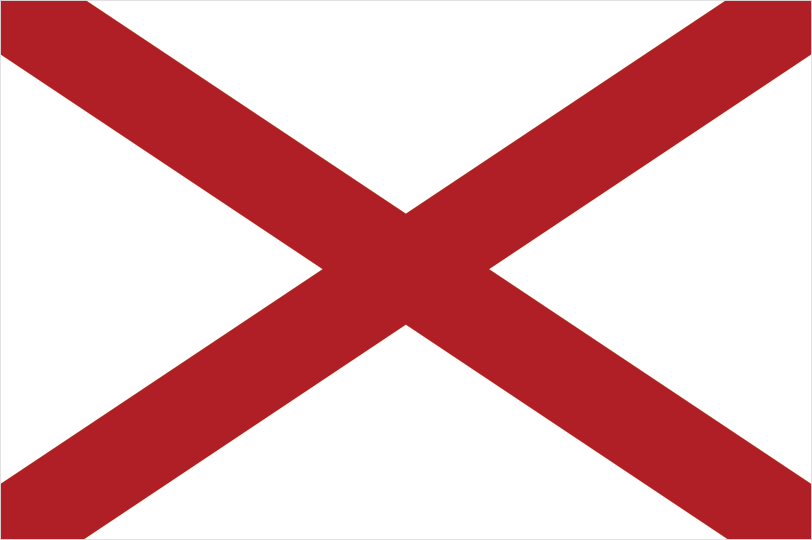Definition
A command structure in military operations refers to the hierarchy of authority and communication channels that facilitates coordination and contrive efficient execution of tasks. It outlines who is responsible for making decisions, giving orders, and ensuring they are carried out effectively. This structure is crucial in organizing resources, managing personnel, strategizing and handling emergencies.
Key Takeaways
- A command structure refers to the hierarchy through which information and orders flow. This system is necessary for coordinating operations and making sure every member of the organization understands their role and responsibilities.
- The efficiency, effectiveness, and speed of military operations depend heavily on a reliable and clear command structure. Therefore, it’s crucial that the command structure is well-structured, well-understood, and observable by every individual within the military organization.
- This structure usually consists of several levels, including strategic, operational, and tactical commands and may vary depending on the size and type of the military organization. The overall aim is to ensure an effective decision-making process, coordination, and execution of military operations.
Importance
The military operations term “command structure” is critically important as it provides a clear hierarchy and chain of command within a military organization.
It aids in the systematic dissemination of orders, directives, and information from higher leadership to lower-ranking personnel.
This structure also ensures crucial decision-making capabilities at various levels, promotes discipline, eliminates confusion, and assists in swift decision-making during crises.
It allocates responsibility and accountability, determining who has authority over particular areas or actions.
Without a well-defined command structure, a military operation could be chaotic and ineffective, thus jeopardizing mission success and potentially leading to avoidable losses.
Explanation
The command structure in military operations serves a crucial purpose of facilitating coordination, control, and communication amidst the designated level of troops and resources. It defines the assignment of responsibilities, laying out a clear hierarchy of leadership, where each responsibility and person in the hierarchy has a definite role to play.
The command structure is essentially used to manage the complexity of the operation and ensure that no element of the mission execution is left uncontrolled or mismanaged. The structure aids in effective decision-making by clearly defining channels for transmitting information and orders.
In addition to this, the command structure is used for outlining the decision-making path, avoiding lapses, and ensuring faster execution of plans. In a complex and dynamic field such as the military, a smooth and clear flow of information is necessary to react swiftly in response to uncertainties or crises.
This structure helps avoid confusion and makes sure every individual knows to whom they need to report and from where they will receive their orders. Ultimately, the aim of a command structure is to enhance tactical efficiency and operational effectiveness of the military operation.
Examples of Command structure
U.S. Department of Defense (DoD): The U.S. DoD is a complex military command structure. The President of the United States acts as the Commander-in-Chief of all U.S. armed forces. Beneath the President, there is the Secretary of Defense, followed by the Joint Chiefs of Staff, which include the Chairman of the Joint Chiefs of Staff, the Vice Chairman, and Service Chiefs from the Army, Marine Corps, Navy, Air Force, Space Force, and National Guard. These are followed by the Commanders of various Combatant Commands and then officers in charge of divisions, departments, and units.
North Atlantic Treaty Organization (NATO): NATO has its own distinct military command structure that integrates member nation’s forces into a multi-national force with a cohesive structure. It has two strategic commands: the Allied Command Operations, responsible for the strategic, operational, and tactical management of combat and combat support forces of the NATO members, and the Allied Command Transformation, responsible for ensuring that NATO forces can work together in joint operations. Within these commands, there are many component commands responsible for specific operational aspects.
People’s Liberation Army (PLA) of China: The PLA’s command structure begins with the Central Military Commission, the highest military decision-making body in China, chaired by the General Secretary of the Communist Party. The Central Military Commission controls four different services: the Ground Force, Navy, Air Force, and Rocket Force. Each service has a distinct command structure, generally patterned with a series of hierarchically organized command posts, with each post responsible for a portion of the force and specific tasks.
FAQ Section: Command Structure
What is a command structure?
A command structure refers to a system of authority and communication in a military organization. It encompasses the chain of command, rank hierarchy, and the procedures used to provide directions and orders.
Why is a command structure important?
A precise command structure is essential to maintain order, discipline, and efficient execution of orders and operations. It enables smooth functioning and ensures that everyone knows their role and responsibility.
What does a typical military command structure include?
A typical military command structure includes the Commander-in-Chief at the top, followed by generals, colonels, majors, captains, lieutenants, and enlisted officers. Each designated position has clearly defined roles, duties, and leadership responsibilities.
How is a command structure implemented?
A command structure is implemented by clearly defining roles, responsibilities, and levels of authority. Proper training and awareness among personnel about the hierarchy and communication channels also ensure effective implementation.
Are command structures the same in all branches of the military?
While the basic concept remains the same, the specifics of the command structure may vary among different branches of the military such as Army, Navy, Air Force, Marine Corps, and Coast Guard. Each branch has its specific terminology and rank, although they all adhere to providing clear lines of authority and responsibilities.
Related Military Operation Terms
- Military Rank
- Chain of Command
- Operational Control
- Military Hierarchy
- Leadership Authority
Sources for More Information
- The Joint Chiefs of Staff (JCS): This is the U.S. Department of Defense’s highest-level military leadership. The website contains information about the command structure, leadership, and operations.
- GlobalSecurity.org: A leading provider of non-partisan information on military, security, and intelligence issues, offering detailed analysis and information about military command structures around the world.
- Council on Foreign Relations (CFR): An independent and non-partisan membership organization providing information and analysis about worldwide security and military affairs including command structures.
- RAND Corporation: A research organization that helps improve policy and decision-making through research and analysis, including aspects of military command structures.
 Benefits.com Advisors
Benefits.com Advisors
With expertise spanning local, state, and federal benefit programs, our team is dedicated to guiding individuals towards the perfect program tailored to their unique circumstances.
Rise to the top with Peak Benefits!
Join our Peak Benefits Newsletter for the latest news, resources, and offers on all things government benefits.

















